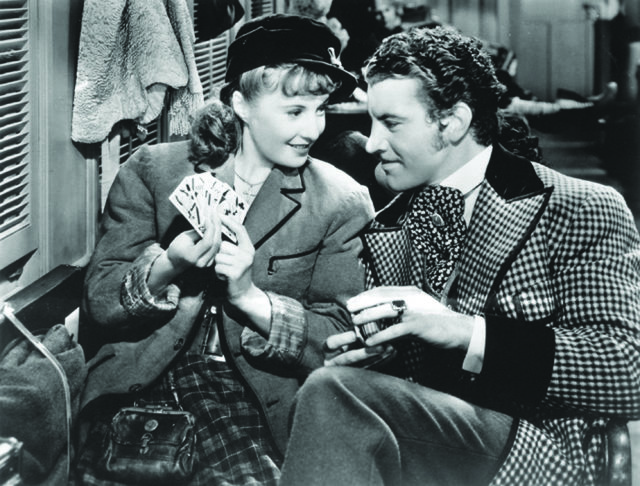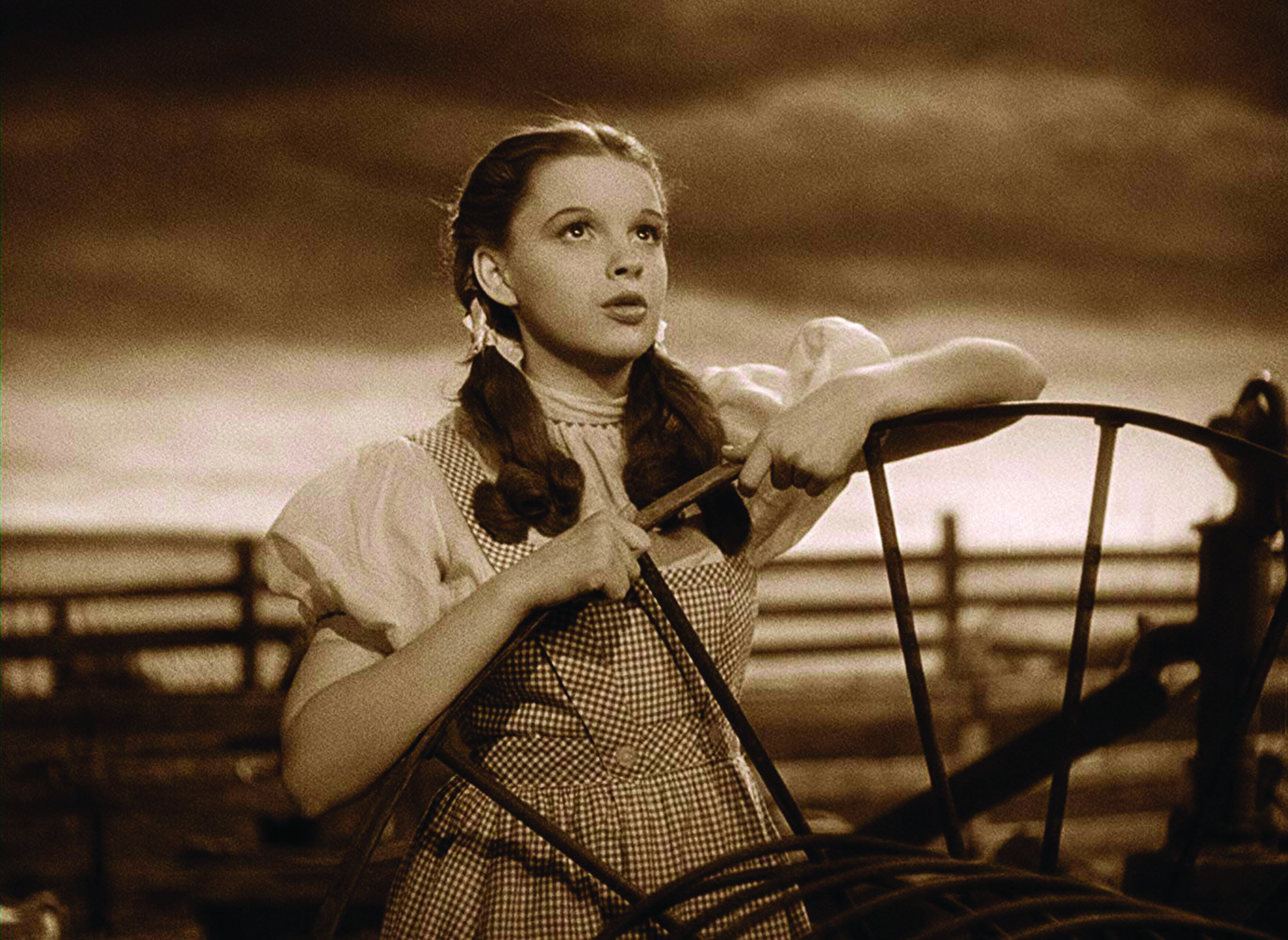
It’s hard to overstate the significance of 1939 in American cinema.
Even though the movies were nearly four decades old, a series of events and artistic developments conspired to bring Hollywood into maturity. Some of these advancements were technological: sound films were the standard and three-strip Technicolor was widely available. Others were artistic: German Expressionism and French Poetic Realism brought style and flair to genre films, while Soviet montage gave the blockbuster its climax. Add to this a vast number of talented filmmakers, writers, actors, technicians and composers fleeing Europe and settling in Los Angeles and you get a sense something magical was happening. This was Hollywood’s watershed moment. From here on out, Hollywood would be a state of mind.
Eighty years later, these movies still resonate, entertain and awe. And thanks to the Trojan Movie House and Art Cinema’s latest series — 1939: Hollywood’s Greatest Year (March 21–31) — you can step, once again, into the past and bask in the familiar images of yesteryear with five of the year’s best: Union Pacific, Gunga Din, Son of Frankenstein, Gone With the Wind and The Wizard of Oz.

Few films have had the staying power of Wizard of Oz (March 31) and for good reasons. Beyond the spectacle of the show — and Judy Garland’s heartbreaking rendition of “Over the Rainbow” — Oz will forever hold relevancy as long as the machinations of government and politics still boil down to a little man behind the curtain. Though MGM changed much of L. Frank Baum’s original book — a thinly veiled allegory about populism in politics — you won’t have to look too hard to see the 21st century staring back at you. Oh, how little things have changed.
Allegories aside, Oz is one of the greatest children’s films ever made. Ditto to Gunga Din (March 28), an adventure movie based on Rudyard Kipling’s poem and starring the dashing Cary Grant at his most roguish. If that doesn’t get you in the door, nothing will.

There’s a whole gallery of rogues in Union Pacific (March 21), but when a movie stars Barbara Stanwyck, the rogues get second billing. Here Stanwyck dons an Irish brogue in a big-budget work of historical fiction. Made in ’39, but set in 1862, it shouldn’t be much of a surprise that Union Pacific’s treatment of Native Americans is less than refined. Yet, Union Pacific heartily celebrates the immigrant contribution to what would have been America’s most significant technological accomplishments to date.
And much like Gone With the Wind (March 30), these movies have a messy, often repugnant, approach to race and gender. Filmmakers and storytellers in 1939 were no less flawed than the filmmakers and storytellers of today, but that does not mean we should excuse their shortsightedness or ignore them altogether. As film critic Manny Faber loved to point out, every movie transmits the DNA of its time. There are lessons to be learned here and excitement to be found; we just need to watch closely.
ON THE BILL: 1939 — Hollywood’s Greatest Year ‘Union Pacific,’
March 21, 7 p.m.
‘Gunga Din,’
March 28, 7 p.m.
‘Son of Frankenstein,’
March 29, 7 p.m.
‘Gone With the Wind,’
March 30, 7 p.m.
‘The Wizard of Oz,’
March 31, 2 p.m.
Trojan Movie House and
Art Cinema, 513 Main St., Longmont, longmonttheatre.org/movies














